Home>Garden Essentials>How To Plant Aloe Vera Seeds
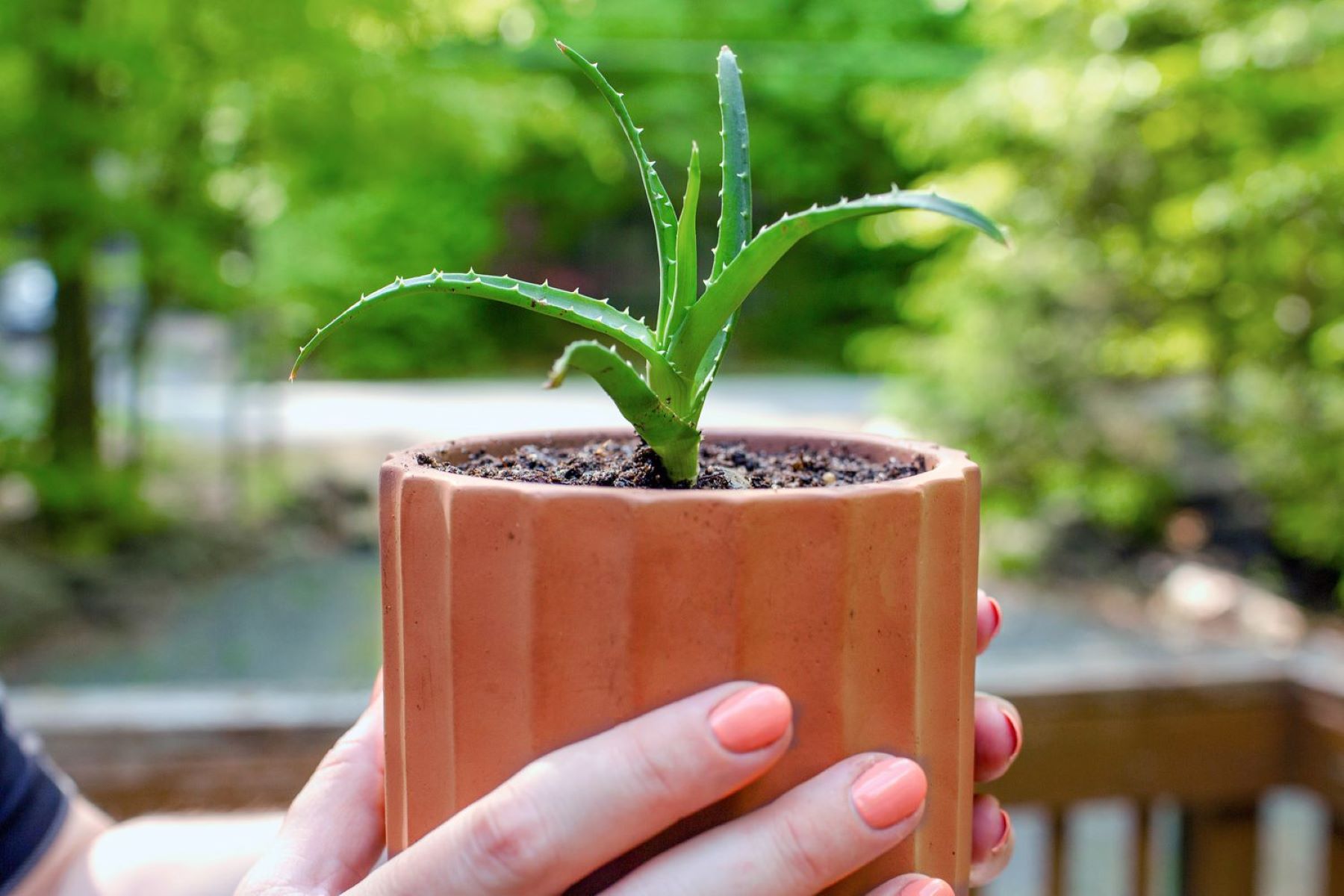

Garden Essentials
How To Plant Aloe Vera Seeds
Modified: March 16, 2024
Learn the step-by-step process of planting aloe vera seeds in your garden and enjoy the benefits of this versatile plant.
(Many of the links in this article redirect to a specific reviewed product. Your purchase of these products through affiliate links helps to generate commission for Storables.com, at no extra cost. Learn more)
Introduction
Gardening enthusiasts are often on the lookout for new plants to add to their collection. Aloe vera, with its numerous health benefits and low-maintenance nature, has become a popular choice. While many people opt to purchase mature aloe vera plants from garden centers, planting aloe vera seeds can be a rewarding and cost-effective way to grow your own. In this article, we will guide you through the process of planting aloe vera seeds to help you cultivate a thriving aloe vera plant.
Aloe vera, scientifically known as Aloe barbadensis, is a succulent plant native to arid regions. It is known for its fleshy, green leaves that contain a gel-like substance with various medicinal properties. From soothing skin irritations to promoting digestive health, aloe vera has been utilized for centuries for its natural healing properties.
Before embarking on the journey of planting aloe vera seeds, it’s essential to understand that germinating aloe vera seeds can be a longer and more challenging process compared to propagating the plant through offsets or division. However, with patience and proper care, you can successfully grow aloe vera from seeds and witness the development of this remarkable plant from its earliest stage.
In the following sections, we will guide you through the step-by-step process of planting aloe vera seeds, providing detailed instructions and useful tips to ensure the best possible results. Let’s get started!
Key Takeaways:
- Growing aloe vera from seeds requires patience and attention to detail. By providing the right soil, moisture, and light, you can watch your aloe vera plants thrive from their earliest stages.
- Transplanting aloe vera seedlings into individual pots or your garden allows them to develop into healthy plants. With proper care, you can enjoy the benefits of these versatile and resilient plants.
Read more: How To Store Aloe Vera Plant Gel
Step 1: Gather Materials
Before you begin planting aloe vera seeds, it’s essential to gather all the necessary materials. This will ensure that you have everything you need to create the ideal environment for the seeds to germinate and grow. Here are the materials you will need:
- Aloe vera seeds: Obtain a source of high-quality aloe vera seeds. You can find these online or at specialized garden centers.
- Seedling trays or pots: Choose trays or pots that have drainage holes to prevent water from accumulating and causing root rot.
- Seed-starting or cactus soil mix: A well-draining soil mix is crucial for aloe vera seeds’ successful germination and growth. Look for a mix specifically formulated for starting seeds or cactus plants.
- Watering can or spray bottle: A gentle watering method is necessary to prevent displacing the delicate seeds.
- Clear plastic wrap or dome: Creating a mini-greenhouse effect can help retain moisture and maintain a consistent temperature for the seeds.
- Grow lights or a sunny location: Adequate light is crucial for the growth of aloe vera seeds. If you don’t have access to sufficient natural light, consider using fluorescent grow lights.
- Misting bottle: A misting bottle will come in handy for maintaining optimal moisture levels during the germination process.
- Labels: Using labels will help you keep track of the different varieties of aloe vera seeds you are planting.
- Optional: Rooting hormone: A rooting hormone can enhance the chances of successful germination, but it is not essential.
Once you have gathered all the necessary materials, you are ready to move on to the next step: preparing the soil.
Step 2: Prepare the Soil
Preparing the soil is a crucial step in ensuring the success of germinating aloe vera seeds. Here’s how you can create the ideal soil environment:
- Select the right soil mix: Aloe vera seeds require well-draining soil to prevent waterlogging and root rot. Choose a seed-starting mix or cactus soil mix that provides excellent drainage. Avoid using regular potting soil, as it can retain too much moisture.
- Moisten the soil: Before filling the seedling trays or pots, moisten the soil mix to provide a good starting moisture level. You want the soil to be slightly damp but not overly wet.
- Fill the seedling trays or pots: Fill the trays or pots with the moistened soil mix, leaving a small gap at the top to prevent water overflow when watering.
- Optional: Add perlite or sand: If your soil mix does not already contain perlite or sand, you can add a small amount to improve drainage further.
- Level the soil: Gently tap the trays or pots on a flat surface to settle the soil and create an even surface for planting the aloe vera seeds.
Now that your soil is prepared, you are ready to move on to the next step: sowing the aloe vera seeds.
Step 3: Sow the Aloe Vera Seeds
Now that you have prepared the soil, it’s time to sow the aloe vera seeds. Follow these steps to ensure proper planting:
- Create indentations in the soil: Use your finger or a small, pointed object to create shallow indentations in the soil. Space the indentations at least an inch apart to allow room for each seedling to grow.
- Place the seeds in the indentations: Gently place one or two seeds in each indentation. Avoid overcrowding, as this can hinder the growth of the seedlings.
- Cover the seeds with soil: Sprinkle a thin layer of soil mix over the seeds, enough to cover them without burying them too deep. A light covering is sufficient, as aloe vera seeds require light to germinate.
- Label the trays or pots: Use labels to identify the different varieties of aloe vera seeds you have planted. This will help you keep track of their progress.
- Mist the soil: Use a misting bottle to lightly moisten the soil surface. Avoid using excessive water, as it can displace the seeds.
- Optional: Apply rooting hormone: If you have chosen to use rooting hormone, now is the time to apply it to the seeds. Follow the instructions on the packaging for the recommended dosage.
After sowing the aloe vera seeds, it’s crucial to provide the right conditions for germination. In the next step, we will discuss watering and caring for the seeds to ensure successful growth.
A tip for planting aloe vera seeds is to use well-draining soil and keep the seeds moist but not waterlogged. Aloe vera seeds require warm temperatures and indirect sunlight to germinate successfully.
Step 4: Watering and Caring for the Seeds
Proper watering and care are essential for the successful germination and growth of aloe vera seeds. Follow these guidelines to provide the best environment for your seeds:
- Maintain moisture: Aloe vera seeds require consistent moisture to germinate. Use a misting bottle or a gentle watering can to keep the soil moist, but not saturated. Avoid overwatering, as it can lead to rotting.
- Monitor humidity levels: Aloe vera seeds prefer a humid environment for germination. If the air in your home or growing area is dry, you can create a mini-greenhouse effect by covering the trays or pots with clear plastic wrap or a dome. This will help retain moisture and create a humid microclimate.
- Provide indirect sunlight: Place the seedling trays or pots in a location that receives bright, indirect sunlight. Avoid exposing the seeds to direct sunlight, as it can be too harsh and may cause them to dry out.
- Ensure proper ventilation: While maintaining humidity is crucial, it’s also important to provide adequate airflow to prevent fungal growth. Ventilate the trays or pots by slightly lifting the plastic wrap or dome for short periods each day.
- Be patient and monitor progress: Aloe vera seeds can take anywhere from two weeks to several months to germinate, depending on various factors such as temperature and seed quality. Check the trays or pots regularly for any signs of germination, such as tiny green sprouts.
- Adjust watering as needed: Once the seeds have germinated and seedlings start to appear, you can gradually reduce misting and start watering the plants more directly. Allow the top inch of soil to dry out between waterings to avoid overwatering.
- Provide proper lighting: As the seedlings grow, ensure they receive adequate light. If you are growing the seedlings indoors, consider using fluorescent grow lights to supplement natural light.
By following these watering and care instructions, you will provide the optimal conditions for your aloe vera seeds to grow. When the seedlings have reached a suitable size, it’s time to transplant them. This leads us to the next step: transplanting the seedlings.
Read more: How To Store Aloe Vera Leaves
Step 5: Transplanting the Seedlings
Once the aloe vera seedlings have grown to a suitable size, it’s time to transplant them into individual pots or into your garden. Follow these steps to ensure a successful transplant:
- Choose the right pots: Select pots that are slightly larger than the current containers of the seedlings. Ensure the pots have drainage holes to prevent waterlogging.
- Prepare the potting mix: Use a well-draining potting mix formulated for succulent plants or create your own mix using a combination of potting soil, perlite, and coarse sand.
- Moisten the potting mix: Before filling the pots, moisten the potting mix to provide a good starting moisture level. The mix should be slightly damp but not overly wet.
- Remove the seedlings from their containers: Gently loosen the soil around the seedlings’ roots and carefully lift them out of the trays or pots. Be cautious not to damage the delicate roots.
- Plant the seedlings: Place each seedling in its new pot, ensuring that the top of the roots is level with the soil surface. Gently firm the soil around the seedlings, providing support while avoiding compaction.
- Water the seedlings: After transplanting, give the seedlings a thorough watering. This will help settle the soil and ensure that the roots make good contact with the new soil mix.
- Place the pots in a suitable location: Choose a location that provides ample sunlight and good airflow. Whether indoors or outdoors, ensure the seedlings receive the recommended amount of light for aloe vera plants.
- Monitor and care for the transplanted seedlings: Keep an eye on the seedlings and continue to water them regularly. As the plants grow, you can adjust the watering frequency to allow the top inch of soil to dry out between waterings.
Transplanting aloe vera seedlings gives them more space to develop and allows them to establish a strong root system. With proper care and attention, your transplanted seedlings will continue to grow into healthy aloe vera plants. Remember to be patient and give your plants time to adjust to their new environment.
As the plants mature, they will produce offsets or “pups” that can be separated and replanted, expanding your aloe vera collection. Enjoy the process of watching your aloe vera plants thrive and be rewarded with their numerous benefits.
Now that you have learned the step-by-step process of planting aloe vera seeds, you are well-equipped to start your own aloe vera garden. Happy gardening!
Conclusion
Planting aloe vera seeds can be a fascinating and rewarding experience for garden enthusiasts. By following the step-by-step guide outlined in this article, you can successfully grow your own aloe vera plants from seeds and enjoy the numerous benefits they offer.
Remember to gather all the necessary materials, including high-quality aloe vera seeds, well-draining soil, and appropriate containers. Take the time to prepare the soil correctly, ensuring it is moist and well-balanced. Sow the seeds, providing them with adequate moisture, light, and humidity to encourage germination and growth.
As the seedlings develop, be mindful of their care needs. Water them appropriately, maintain proper humidity levels, and provide enough light for them to thrive. Once they reach a suitable size, transplant the seedlings into individual pots or your garden, ensuring they have enough space to grow.
Ultimately, the patience and effort you invest in planting aloe vera seeds will be rewarded with the growth of healthy aloe vera plants. These versatile plants not only add beauty to any garden or indoor space but also offer a range of health benefits. From soothing sunburns to improving digestion, aloe vera is a valuable asset in natural medicine.
Now that you have a comprehensive understanding of how to plant aloe vera seeds, you can embark on this exciting journey. Remember to enjoy the process, observe the growth of your plants, and learn from any challenges you encounter along the way.
Embrace the wonders of nature and let your aloe vera garden flourish. Happy planting!
Frequently Asked Questions about How To Plant Aloe Vera Seeds
Was this page helpful?
At Storables.com, we guarantee accurate and reliable information. Our content, validated by Expert Board Contributors, is crafted following stringent Editorial Policies. We're committed to providing you with well-researched, expert-backed insights for all your informational needs.
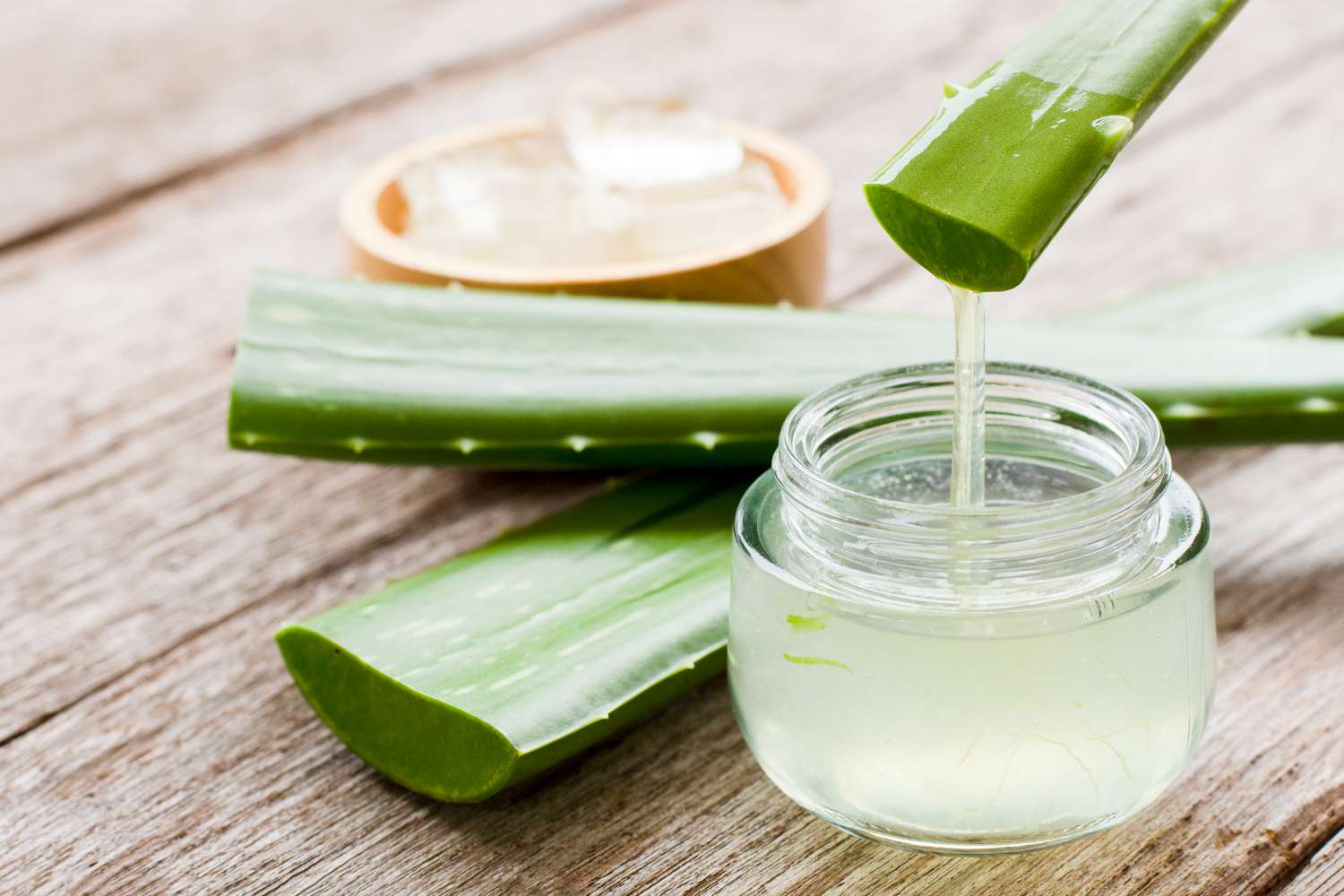
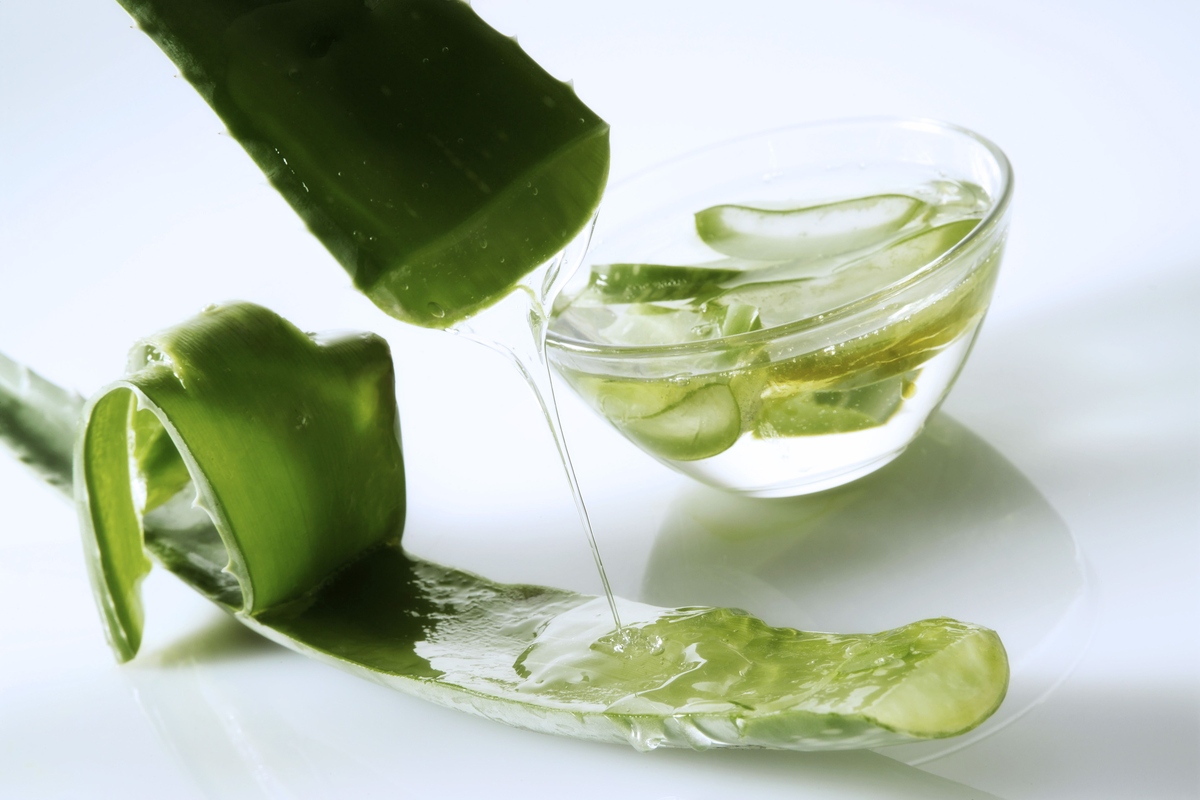
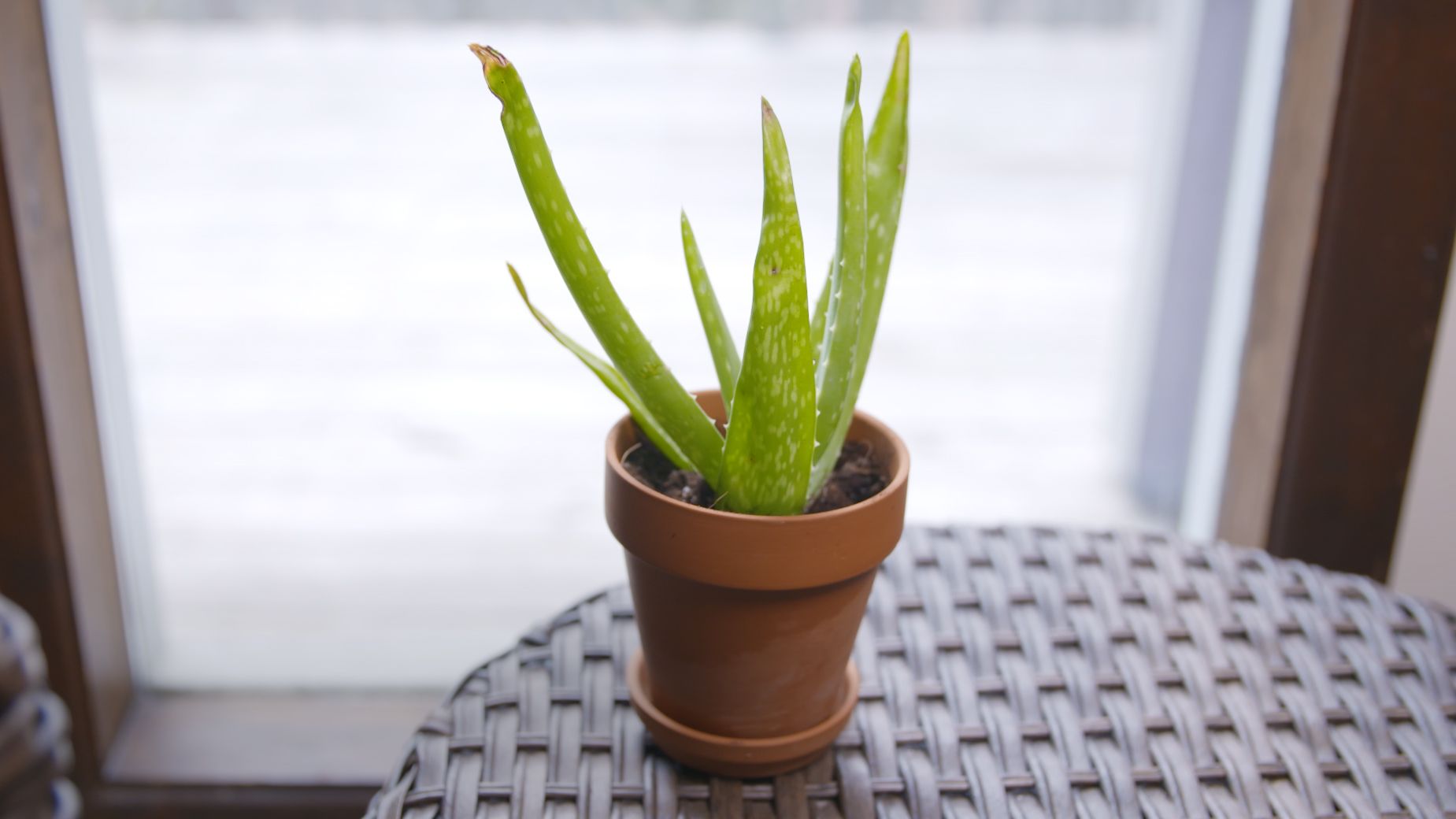
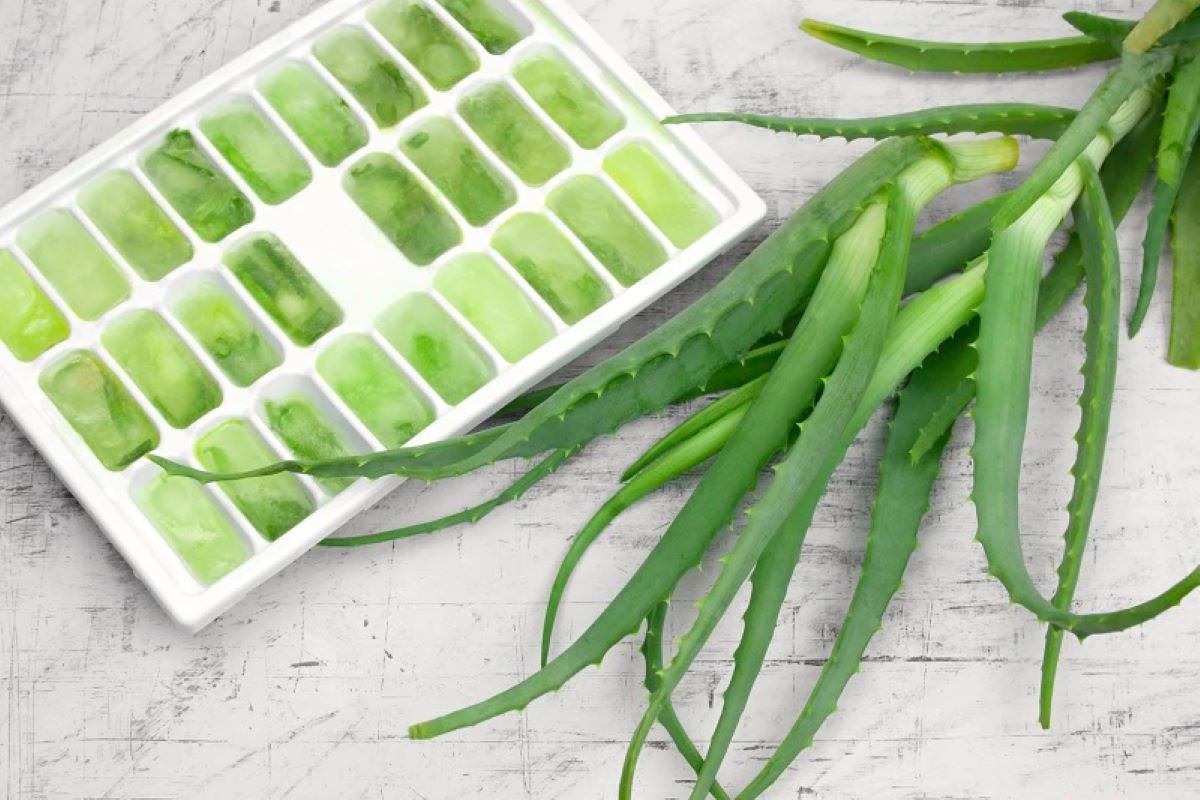
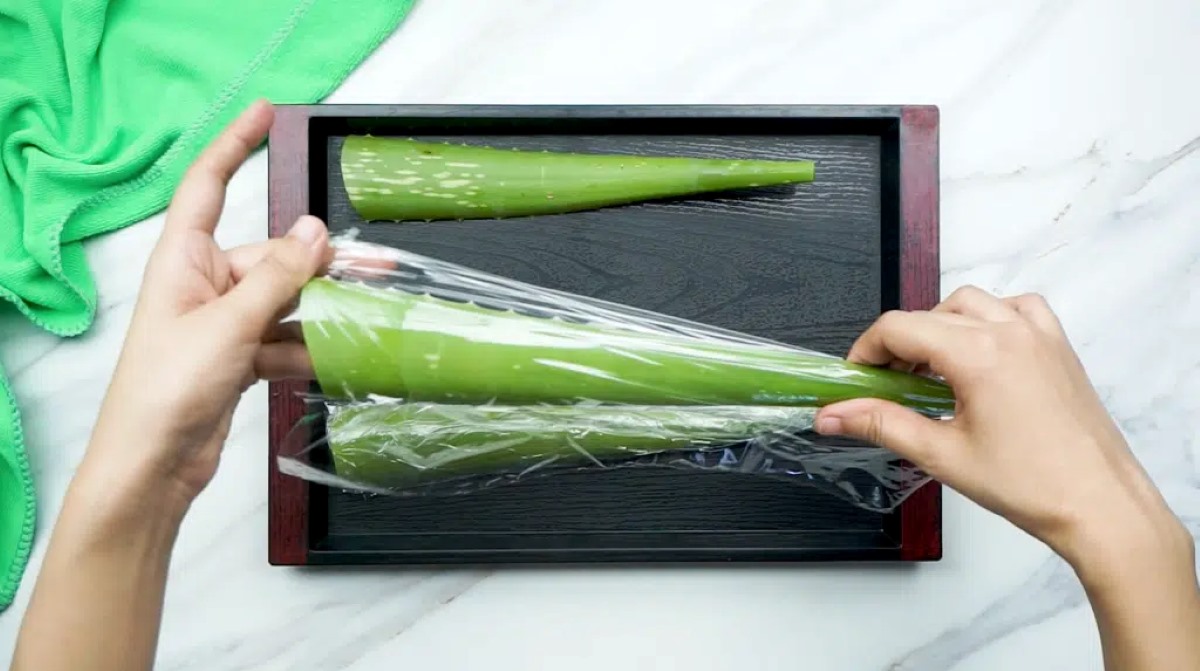
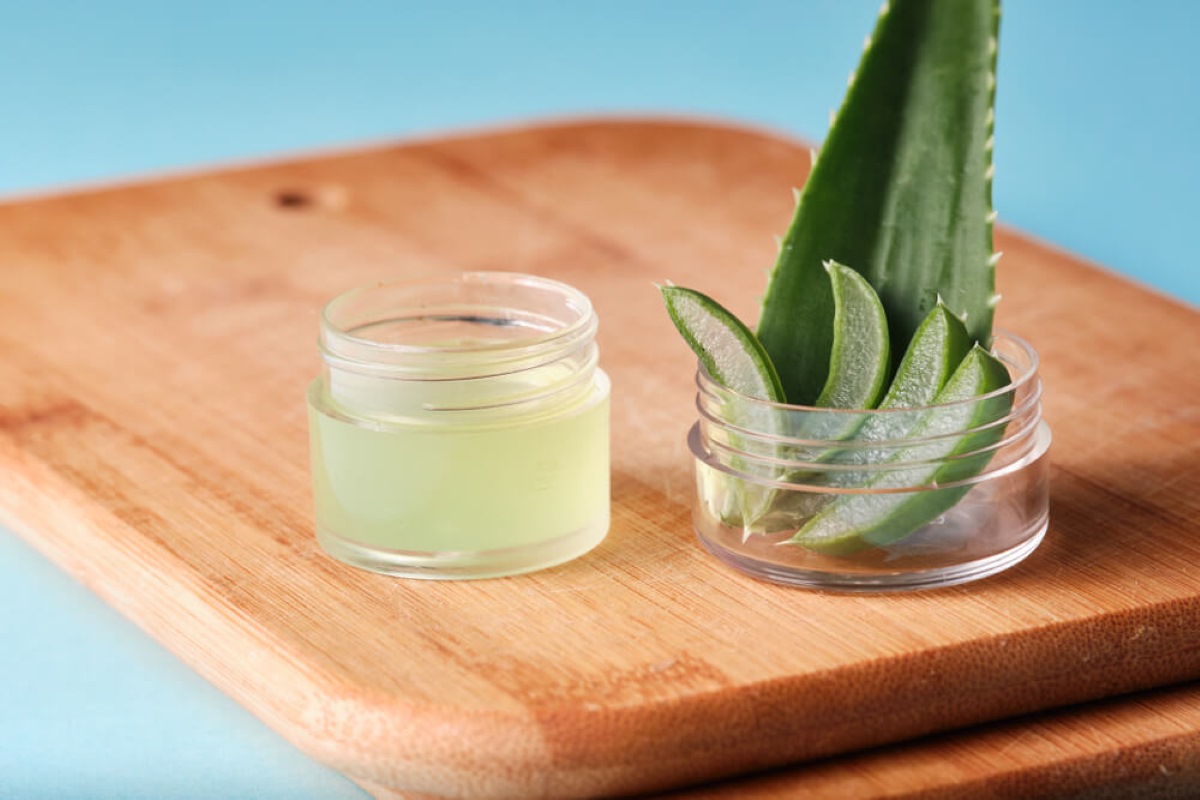
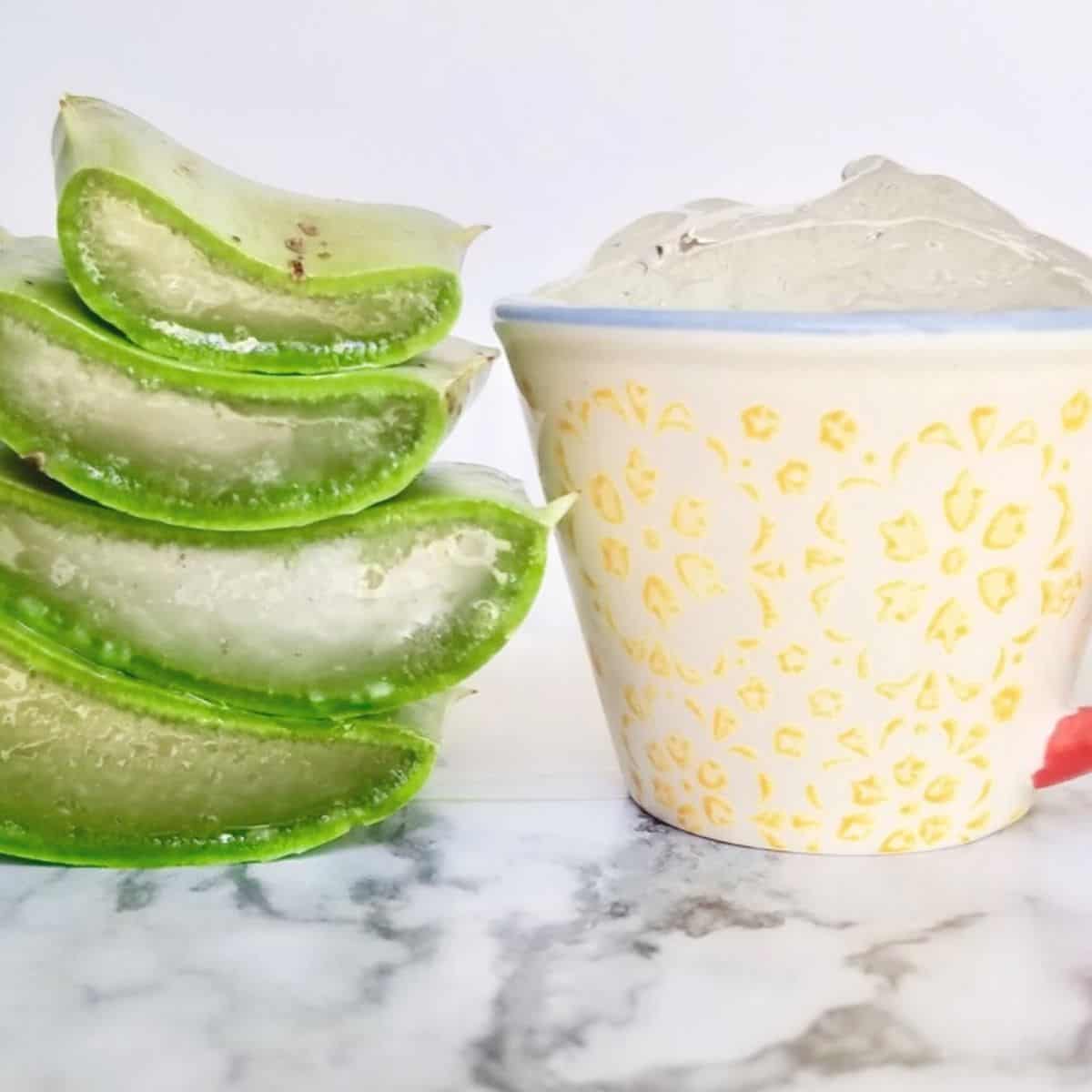
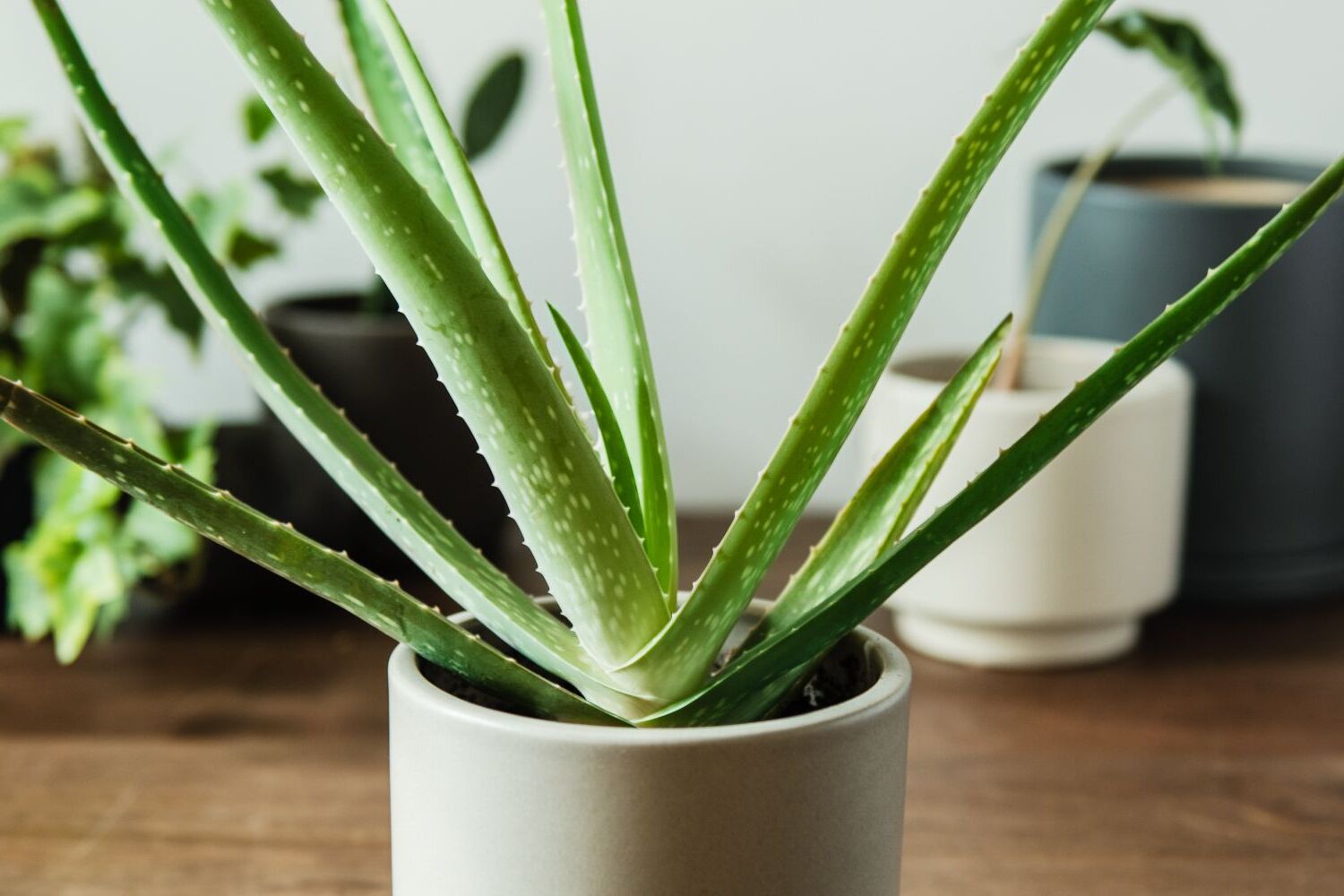
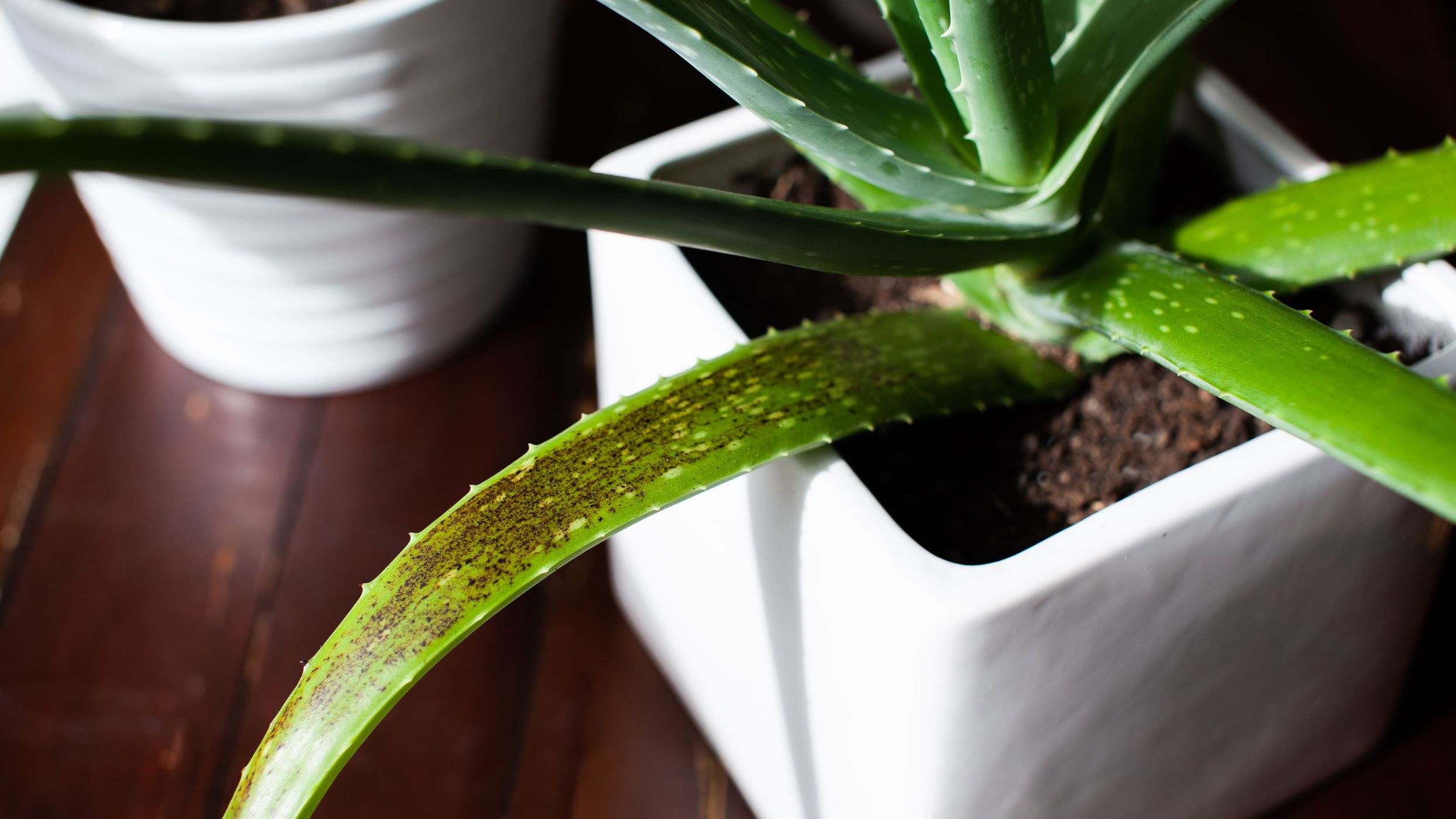


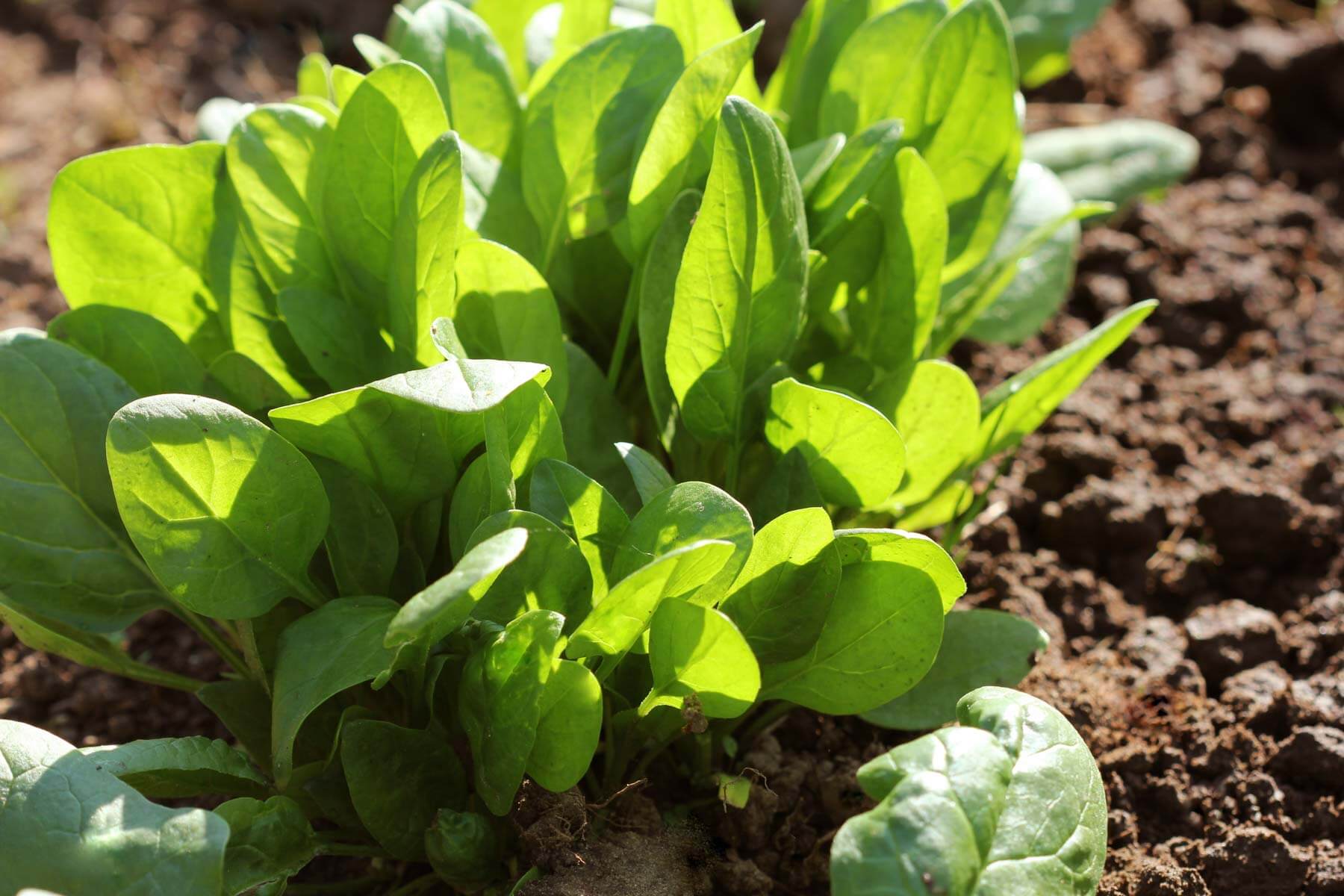
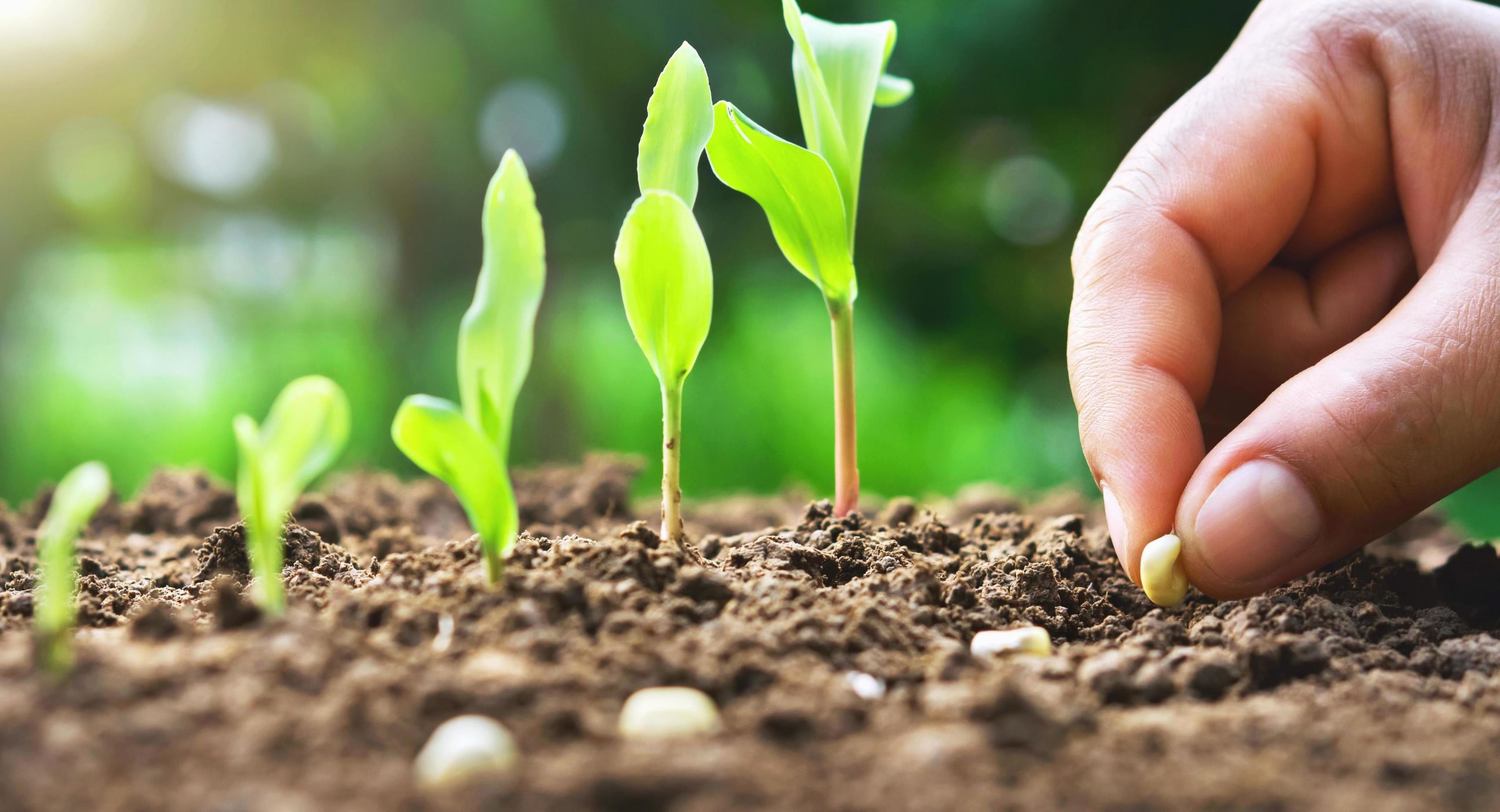
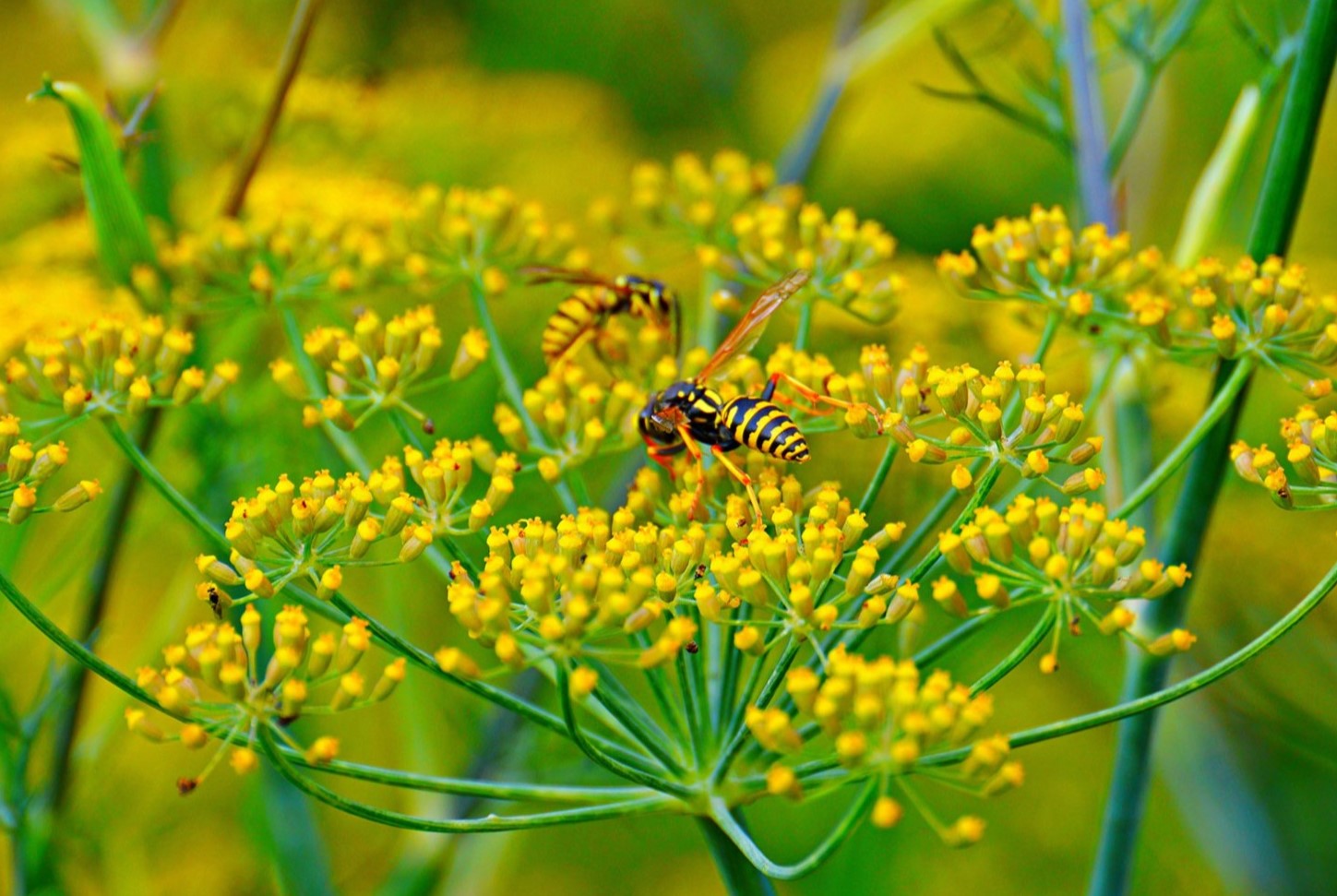

0 thoughts on “How To Plant Aloe Vera Seeds”